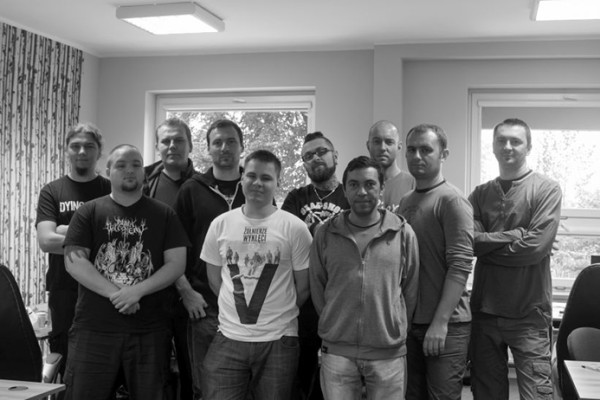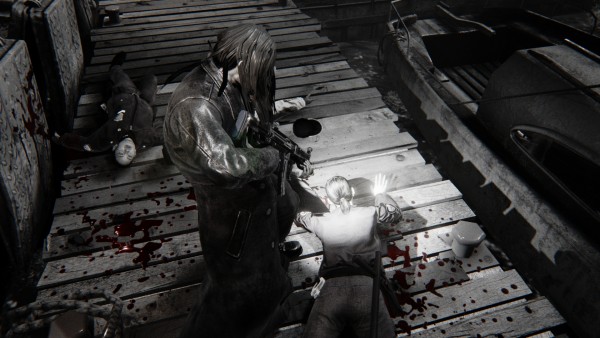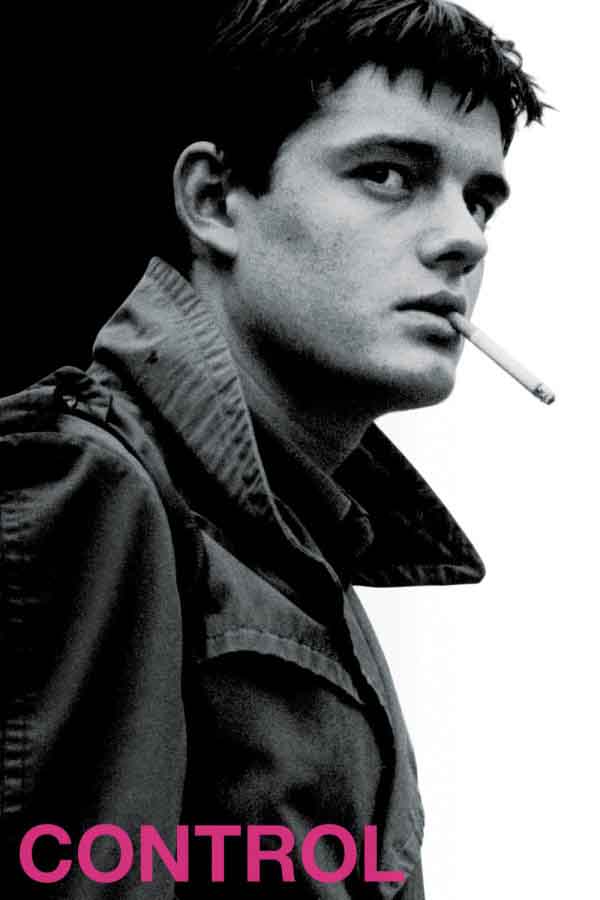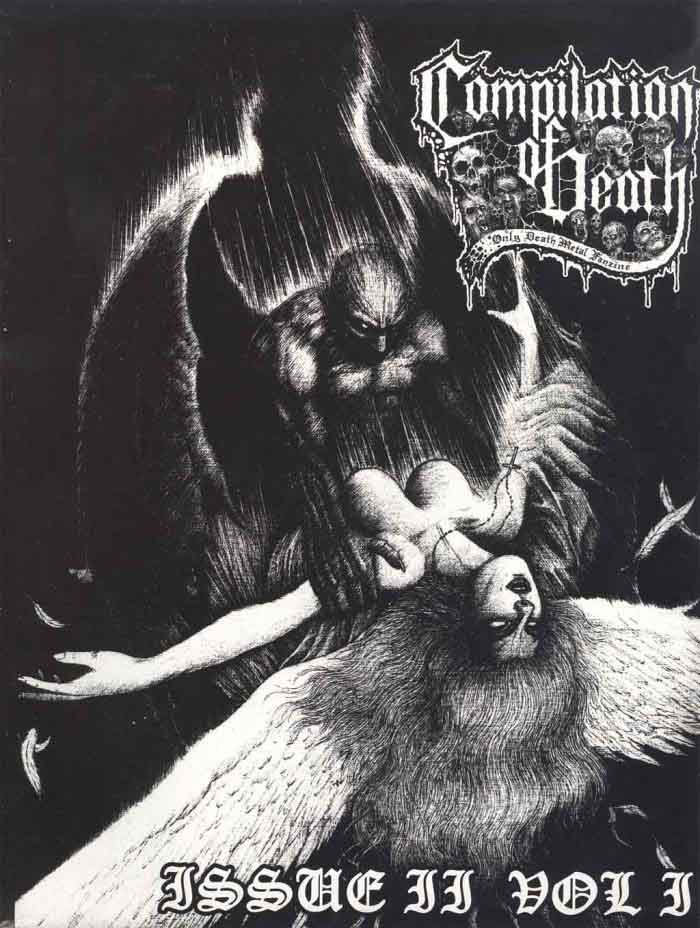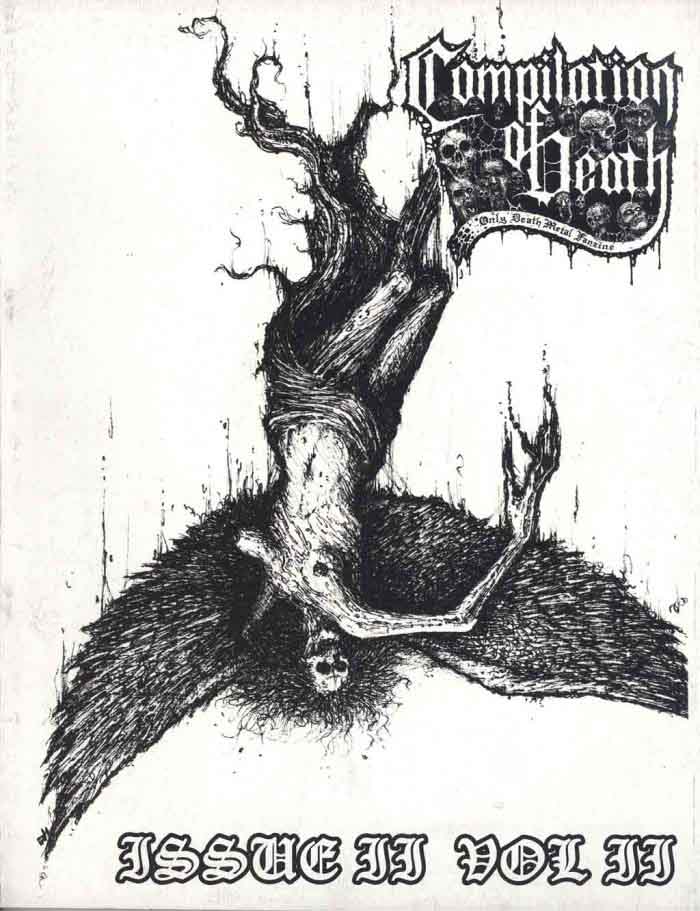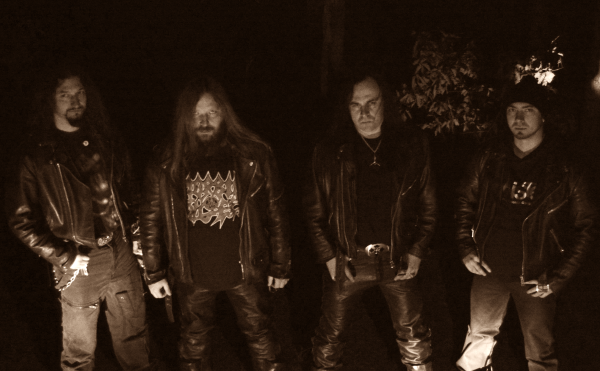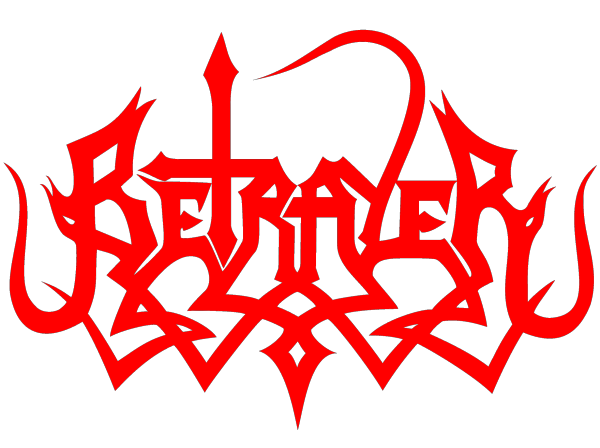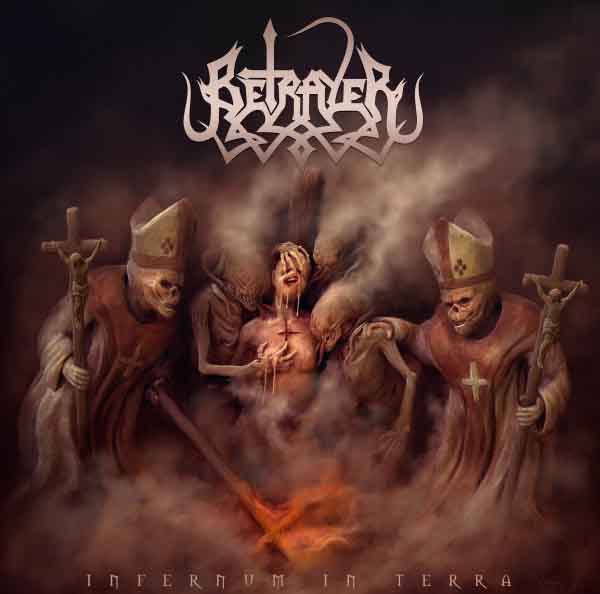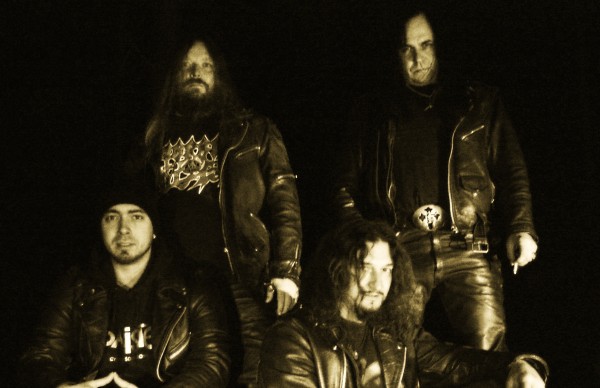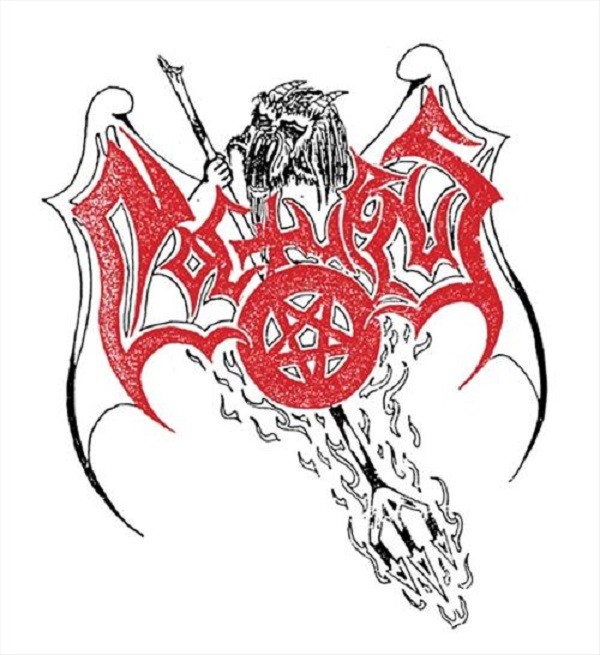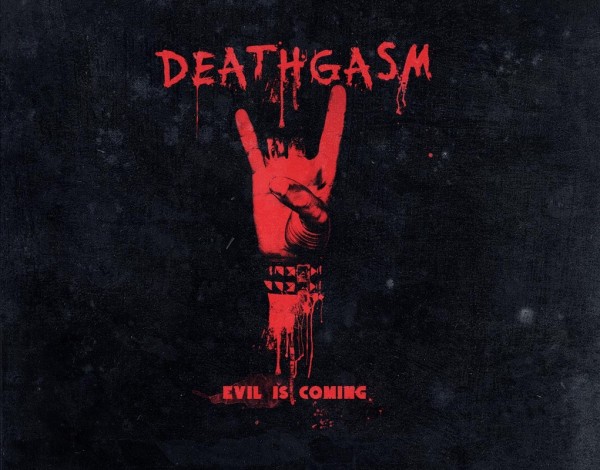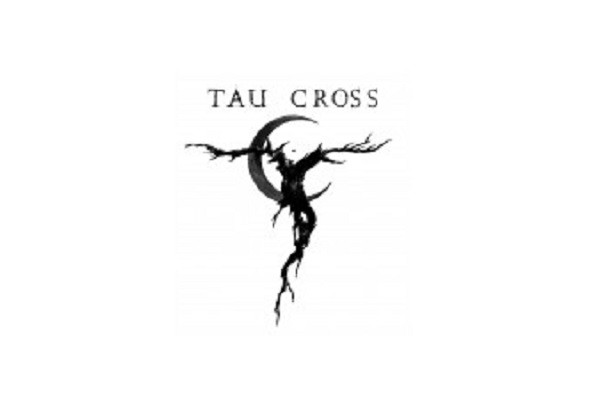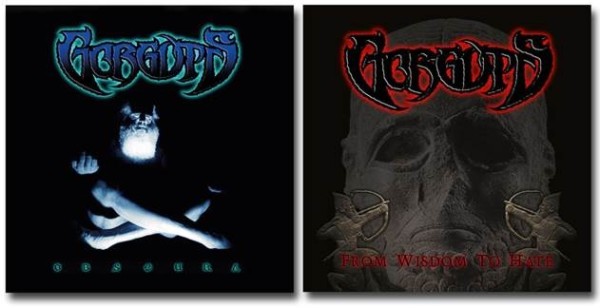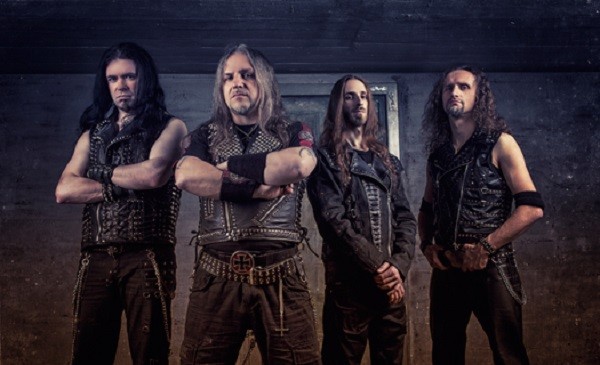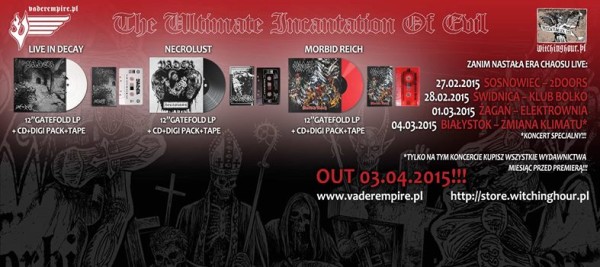As society circles the drain, some notice in art, music, literature — and video games. Increasingly misanthropic and world-cynical games like Hatred show us the direction things are going and possibly, give us a reason to fight back. Destructive Creations CEO and lead developer Jarosław Zieliński was kind enough to give us a few minutes to discuss this antisocial video game and its connection to evil metal…
What made you decide that the market was ready for an “un-PC” game about slaughtering other people seemingly at random?
I didn’t know if it was ready, actually. But observing all the shitstorm around since our reveal trailer, I think the market is ready. We’re small team from the middle of nowhere and now everywhere you have news about our game. Even Forbes! We don’t care about all the hate that is thrown in our direction. People who would like to play this title, now recognize it.
How much was this influenced by 1998’s Postal, a game with a similar theme? Any other game influences?
It was very influenced, obviously. There are many other games we played for entire life and many of them had influence for our creation, but the main inspiration is the first Postal game.
I noticed you’re a Black Witchery fan from the t-shirt in the Destructive Creations team photo. Are you the only metalhead on staff? How much did metal influence your choice of this career path?
I don’t like the “metalhead” word. I don’t listen to “metal”; I listen to some of its genres while I actually hate the others. I don’t really think there’s a link between living with this music and working on video games. Actually modding games was first in my life, since I got the first Wolfenstein 3D editor. I was like seven years old at the time. And I really doubt that making games influenced what music I listen to.
Can you name some death/black/etc metal favorites you have?
Umm, that would be a shitload of bands. I’m a lot into stuff like Revenge, Truppensturm, Bestial Raids, Black Witchery, Teitanblood, Archgoat, Wrathprayer, Goatpenis, Inquisition, Bestial Mockery, Dead Congregation, Ad Hominem, Nocturnal Graves, Goat Semen, Demonomancy etc. The list is in random order, from the top of my head, but I do have quite a spread in my taste, from Disgorge or Devourment to Enthroned or Urgehal, if you know what I mean. But it’s all in the black-death line. Someone may say that it’s dull to stick only to these genres, but I would tell him to fuck off, I don’t need more (it doesn’t mean I didn’t ever try). There’s still plenty of bands to discover.
Which genres do you dislike?
Actually: all the others. I respect thrash metal, for example, but I don’t listen to it, because I don’t like it. And I really don’t understand how someone can listen to heavy metal stuff like King Diamond or Manowar, it fucking hurts my ears, the music is cheerful and vocals sounds gay. Well, let’s say I like “evil” metal, not “cool” metal, I hope you get it. If it’s a low-distorted blastbeating about satanic tanks crushing graves of christians and hordes of MG42-armed hellspawns spreading genocide then it’s most likely my taste. :)
Why do you think “Hatred” upsets people? Is it similar to the reasons death metal and black metal at least used to upset people?
No, I don’t think so. I think metal used to upset people because they don’t understand the music itself, rather than lyrical themes. Hatred is making people crazy, because of its context, not because its shell. If we were to make the same game but with any other plot, they would accept it with no problems.
Why are people drawn to dark themes like in metal and video games? Do you think that this attraction will mean that Hatred will become a household name?
Because every one of us has some side of evil nature deeply-rooted inside. Some of us like to get along with the dark side, which is why brutal music sometimes makes the evil grin on your face or you get chills. I want the same player’s reaction while playing Hatred. I have no idea whether it will become a household name.
Can you tell us about yourself, when you got into metal, and how you ended up becoming a video game developer?
I don’t really feel like talking about myself, I have a lot of something you might call “underground nature.” Most parts of my life were strongly tied with death/black metal and still are, but I don’t like connecting it with my job publicly. My engagement with the metal scene is my private thing, while making games is my occupation (and a hobby too). You know, I’ve comercialized one of two of my biggest passions, and I will never do the same with remaining one.
For more information on Hatred, visit the Destructive Creations web site.
8 CommentsTags: gamergate, hatred, metalgate, video games
